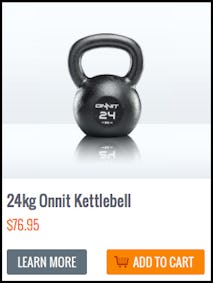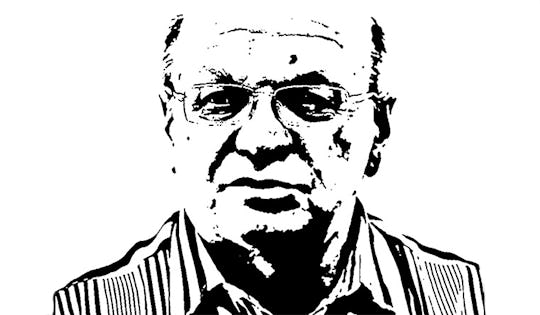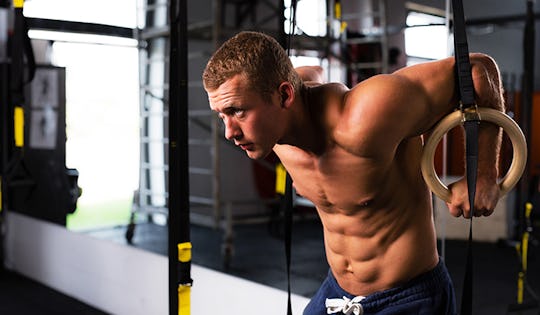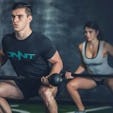It’s been 2 years since I first heard of Dr. Viktor Seluyanov’s research and training methods. I first stumbled upon them by way of Val Nasedkin via youtube.
 Since then, I have been down the rabbit hole trying to learn as much as possible – even finding a tennis coach (Alex Nikiti) in Prague to translate and discus much of Seluyanov’s work — books and lectures (his contributions to my learning process have been invaluable).
Since then, I have been down the rabbit hole trying to learn as much as possible – even finding a tennis coach (Alex Nikiti) in Prague to translate and discus much of Seluyanov’s work — books and lectures (his contributions to my learning process have been invaluable).
This sounds silly, but my motivation at the time was finding an intelligent way to train CrossFit athletes. I was already on the path to the “Less is More” philosophy mainly brought on by reading the two volumes of Anatoliy Bondarchuk’s Transfer of Training in Sports and I saw Seluyanov’s methods as a practical approach for Competitive CrossFit athletes.
I know I lose my diehard Sports Performance colleagues once I reference CrossFit, but bear with me and understand it’s all about knowing the processes that matter. Once you understand the broad strokes, you can apply it to anything.
We have experimented and have had success with Olympic Weightlifters, Youth Sports Performance Development, and Endurance athletes when blending Seluyanov’s methods into our program design. So don’t worry. It’s not just a CrossFit thing. To be honest, I am not a huge hit in the CrossFit world either from all of this. So let’s call a truce and respect the fact that all is fair in Exercise Physiology and Biochemistry.
One of the main points with Seluyanov’s work is that training is not just for the muscles, but all systems in the body (anatomy, histology, biochemistry, physiology, endocrine, immune, etc). He even goes as far as creating a new field of scientific study called “Sports Adaptology”.
With Sports Adaptology, he looks at the multiple systems and how it relates to adaptation of the muscle fibers. Seluyanov classifies muscle fibers in two categories — Oxidative and Glycolytic. In other words, muscle fibers that have mitochondria (slow twitch) and muscles that don’t and produce hydrogen Ions and lactate (fast twitch).
In essence, if you want to build endurance, you need to have as much mitochondria within all the muscle fibers as possible (fast and slow). This will limit the the production of hydrogen ions and lactate – limiting time to fatigue (Peripheral Fatigue). He also states that it’s not about lung volume, but more about the muscles using oxygen efficiently.
The problem arises when training the specific fibers – oxidative and glycolytic fibers need separate training and certain environments to thrive. For example long metcons, matches, or races that induce high accumulation of hydrogen ions will kill mitochondria built around the fast twitch muscle fibers.
Therefore every time an athlete participates in such an event the coach needs to address this in the training process — stimulating mitochondrial growth in the fast twitch fibers again before their next competition.
This is another point Seluyanov makes — there is no such thing as General Endurance, Speed Endurance, and Strength Endurance. There is just the adaptation to the myofibrils of the sport’s specific muscle groups. If myofibrils multiply (Hyperplasia) or increase in size (Hypertrophy), they will increase force (or endurance through strength reserve). If instead they increase mitochondria within the myofibrils, they will increase endurance.
How to Program for Competitive Athletes
If we now look at the athlete under Seluyanov’s methods we need to assess:
- Muscle Groups used in Sport (Speed/Endurance)
- Volume of Fast, Slow and Intermediate Fibers (Sports Specific)
- Strength of the Fast, Slow and Intermediate Fibers
- Mitochondria Density of Fast, Slow and Intermediate Fibers
- Capillarization of Muscle Tissue (Sports Specific)
- Assess the Cardiovascular System
From there we can break the training down as follows¦
Hypertrophy of Fast Twitch (Glycolytic Fibers)
Needed for synthesis of Myofibrils
- =Amino Acids, Free Creatine, Hormones, Hydrogen Ions
Intensity of Contraction
- 50-100% (Fast)
Intensity of the Exercise
- 10-100% (Heavy weights or Speed – Sprinting or Jumping)
Duration of Work
- Till Failure, 20-50 secs
- Barbell: 6-12 reps
- Sprinting: 12-15 secs
- Jumping: 10-20 contacts
Sets
- 3-9 for Developing Tissue
- 1-3 for Maintaining Tissue
Rest b/t Sets
- 5-10 mins Active Rest
Weekly Workouts
- 1-3 sets you can perform 4-7x Week
- 3-9 sets – 1 x Week
Increase Mitochondria in Fast Twitch (Glycolytic Fibers)
Needed for Synthesis of Myofibrils
- Active Cell, Amino Acids, Stress Hormones, Little to No Hydrogen Ions
Intensity of Contraction
- 50-100% (Fast)
Intensity of the Exercise
- 60-100%
Duration of Work
- 3-50 secs
- Barbell: 8-10 reps
- Sprinting: 3-5 secs
- Jumping: 10-20 contacts
- Throws: 5-10
Sets
- 10-30 for Developing
- 5-10 for Maintaining
Rest b/t Sets
- 1-3 mins Rest
Weekly Workouts
- 1-2x Week Minimum
- 3-5x Week Optimal
- Can Perform 2x a day
Hypertrophy of Slow Twitch (Oxidative Fibers)
Needed for Synthesis of Myofibrils
- Amino Acids, Free Creatine, Hormones, Hydrogen Ions
Intensity of Contraction
- Slow, no rapid movements. Create tension to increase hypoxia.
Intensity of the Exercise
- 30-50%
Duration of Work
- Stato-dynamic, 30-50 secs
- Optimal 30:30 Work: Rest
Series
- Optimally used in series (Example 3x3x30:30)
Sets
- 4-9 for Developing
- 1-3 for Maintaining
Rest b/t Sets
- 30-40 sec rest b/t sets 5-10 mins Active Rest b/t series
Weekly Workouts
- 1-3 sets you can perform 2-4x Week
- 4-9 sets – 1x Week
Hypertrophy of the Heart (Eccentric/ L- Hypertrophy)
Intensity
- 120-150 bpm
Duration
- 2-10 Hours (Total)
Weekly Workouts
- 2-7x Week
Hypertrophy of the Heart (Concentric/ D- Hypertrophy)
Intensity
- 180+ bpm
Duration
- 60 secs to reach 180 + 30 secs of work in the HR range
Sets
- 10-40 sets
Weekly Workouts
- 1 x Week
“Know, Think, Guess”
I will steal this line of thinking from Stuart McMillan — but like anything new we read or study we need to compartmentalize it in regards to the training program for our athletes. Many coaches read something new and make wholesale changes. This usually ends in disaster.
Instead, stick with what you know (70%) – which has proven successful. Then apply what you think (20%), which will be aspects to hopefully enhance your program and lastly sprinkle in your best guess (10%) – these are usually aspects that won’t necessarily hurt, but will pay off if they work.
The Know, Think, and Guess is filtered and sorted by reading and talking with knowledgeable coaches. I don’t claim to be a genius as it pertains to exercise science, but I trust in experimenting, reading voraciously, and remembering commonalities.
Simply, if I hear it often, I move it up the chain.
Guess —> Think —> Know
As coaches we also need to think about all biomotor abilities and how they are affected by the training plan in its entirety. This is why many of Seluyanov’s methods haven’t been seen by our sprinters.
I have not yet figured out how to incorporate it without negative effects to coordination or speed within the training process. This is also why we have to make adjustments when training our Olympic Weightlifters and limiting rep volumes in the full competition lifts while we hypertrophy fast twitch fibers within the squat.
I suppose I write this last little bit as a caution to young coaches. I have been hesitant on writing about Seluyanov in detail, but I believe knowledge should be shared, and Seluyanov’s methods are intriguing — so experiment, research, and come up with your own conclusions.



)





